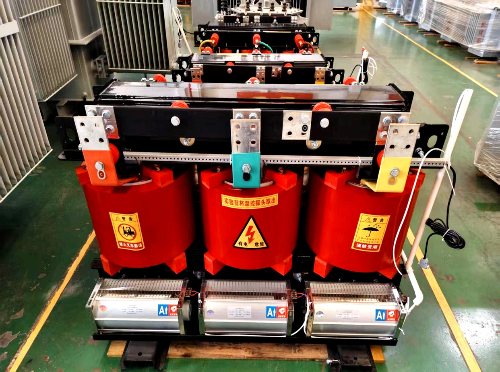Electronic Components Supplier | Transformers, Inductors, Inverters
Introduction
Transformers are revolutionary models in artificial intelligence (AI) and machine learning (ML), powering advancements in natural language processing (NLP), computer vision, and more. Since their introduction in 2017, transformers have evolved into various types, each optimized for specific tasks. This guide explores the different types of transformers, their applications, and why they matter in 2024.

1. What Are Transformers?
Transformers are deep learning models that use self-attention mechanisms to process sequential data efficiently. Unlike traditional recurrent neural networks (RNNs), transformers handle long-range dependencies better, making them ideal for tasks like text generation, translation, and image recognition.
2. Main Types of Transformers
2.1. Encoder-Only Transformers
Encoder-only transformers process input data to generate contextual representations. They are widely used in tasks requiring text understanding, such as:
- BERT (Bidirectional Encoder Representations from Transformers) – Pre-trained for tasks like question answering and sentiment analysis.
- RoBERTa – An optimized version of BERT with improved training techniques.
2.2. Decoder-Only Transformers
Decoder-only transformers excel in autoregressive tasks, generating sequences one element at a time. Key models include:
- GPT (Generative Pre-trained Transformer) – Powers ChatGPT and other AI chatbots.
- GPT-4 – The latest iteration with enhanced reasoning and multimodal capabilities.
2.3. Encoder-Decoder Transformers
These models combine encoding and decoding for tasks like translation and summarization. Popular examples:
- T5 (Text-to-Text Transfer Transformer) – Treats all NLP tasks as text-to-text problems.
- BART (Bidirectional and Auto-Regressive Transformer) – Effective for text generation and comprehension.
3. Specialized Transformer Models
3.1. Vision Transformers (ViTs)
Vision transformers (ViTs) apply transformer architecture to image recognition, outperforming convolutional neural networks (CNNs) in some cases.
3.2. Multimodal Transformers
These models process multiple data types (text, images, audio). Examples:
- CLIP (Contrastive Language–Image Pretraining) – Links images and text for AI applications.
- DALL·E – Generates images from textual descriptions.
3.3. Sparse Transformers
Optimized for efficiency, sparse transformers reduce computational costs by limiting attention mechanisms.
4. Why Transformers Dominate AI in 2024
- Scalability: Handle large datasets efficiently.
- Versatility: Used in NLP, vision, and multimodal AI.
- Performance: Outperform traditional models in benchmarks.
5. Future Trends in Transformer Models
- Energy-efficient transformers for sustainable AI.
- Smaller, faster models for edge computing.
- Improved multimodal reasoning for next-gen AI assistants.

Conclusion
Understanding the different types of transformers is crucial for leveraging AI advancements in 2024. From BERT and GPT to ViTs and multimodal models, transformers continue to shape the future of machine learning.







